
Camera technology has advanced in recent years to such a degree that for most photographers—excluding pros with specialized requirements—the choice of camera system comes down largely to personal preference and relatively minor details. In terms of image quality and resolution, today’s systems typically exceed the capabilities needed for most end uses, whether that be sharing online or making fine art prints. Even features like high-speed continuous shooting rates, which not long ago were found only in the priciest pro models, are now rather common and available to everyone.
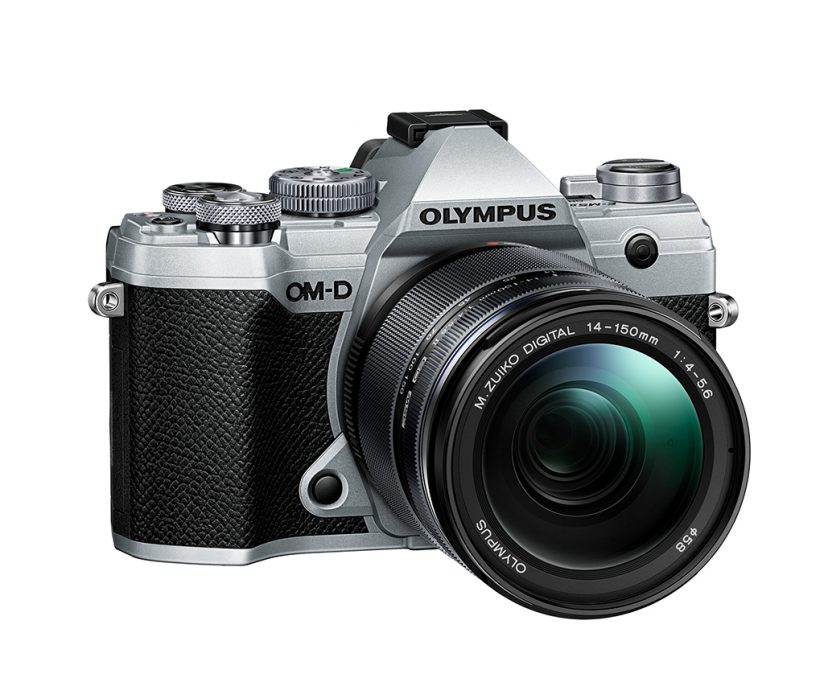
When it comes to “killer features,” for Olympus it’s all about the size of the system. Yes, all else being equal, larger full-frame and APS-C sensors are inherently capable of collecting more light than the Micro Four Thirds sensors in Olympus cameras, but I’m arguing that for the majority of photographers, a smaller, lighter system is perhaps a more important advantage for enjoying photography and making great photos.
Interested in the Olympus OM-D E-M5 Mark III? Check it out on B&H!
Hands-On With The Olympus OM-D E-M5 Mark III
The newest model in the Olympus OM-D lineup is the E-M5 Mark III. Along with a small group of press, I had the opportunity to shoot with the camera in Moab, Utah, in advance of its release. The E-M5 Mark III includes several upgrades from the Mark II, which brings its performance and feature set more in line with its upper-tier siblings, the OM-D E-M1X and E-M1 Mark II. Here are some of the key improvements:
| E-M5 Mark III | E-M5 Mark II | |
| Resolution | 20.4 MP | 16.5 MP |
| AF System | Phase & Contrast Detection | Contrast Detection |
| AF Focus Points | 121-point | 81-point |
| Max. Cont. Shooting | 30 fps | 10 fps |
| Stabilization | 5.5 stops | 5.0 stops |
| Processor | TruePic VIII | TruePic VII |
| Video | 4K | 1080 |
| Weight (body only) | 0.81 pounds | 0.92 pounds |
While the E-M1X and, to a lesser extent, the E-M1, are targeted at professional photographers, the E-M5 model was developed with the hobbyist in mind, and those for whom portability is paramount. With its extremely compact and lightweight build, the E-M5 Mark III is especially well-suited for extended trips in the backcountry, long hikes and adventure sports. Nature and travel photographers alike will appreciate the camera’s trim profile, especially when paired with the very compact and versatile M.ZUIKO ED 14-150MM F4.0-5.6 II zoom (28-300mm equivalent), which will be offered in a kit with the E-M5 Mark III.
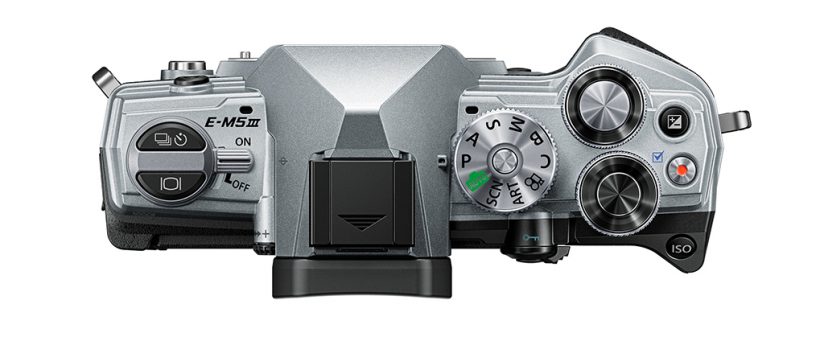
A “Super” Telephoto Advantage
I shot a lot with the 14-150mm zoom attached, but even more frequently with the M.ZUIKO ED 300MM F4.0 IS PRO. This lens exemplifies the advantage of the Olympus system over APS-C and full-frame systems. It provides the 35mm-equivalent focal length of a 600mm, but measures just under 9 inches in length (with the integrated lens hood collapsed), weighs only 2.8 pounds and retails for about $2,500. Compare that to a full-frame 600mm f/4 telephoto from Canon, Nikon or Sony, all of which are 17 or more inches in length, roughly three times the weight of the Olympus lens, and priced at over $12,000. Every pro photographer that shoots Olympus who I’ve talked to over the years hits hard on the point of portability as a key factor in their choice of camera system, and after shooting extensively over a few days with the E-M5 Mark III and the M.ZUIKO ED 300MM F4.0 IS PRO, I totally get it.
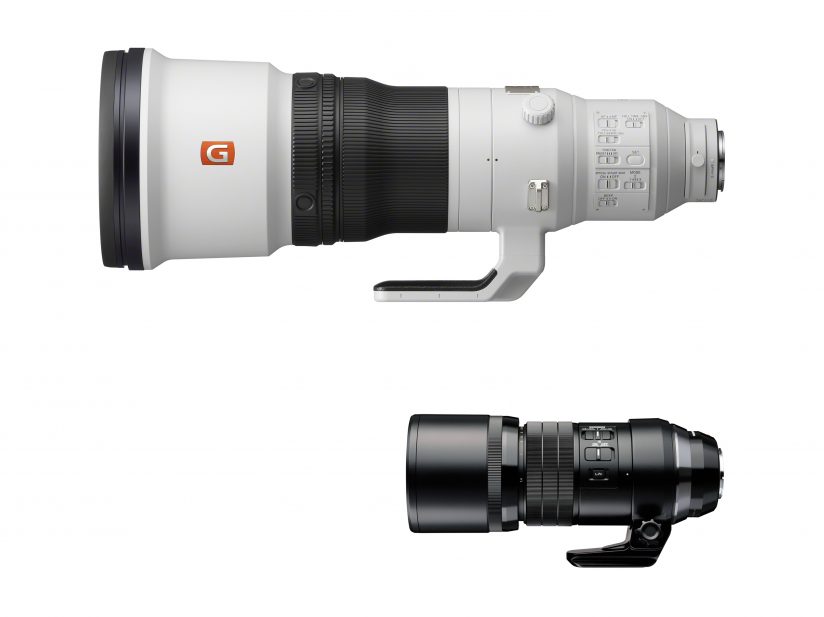
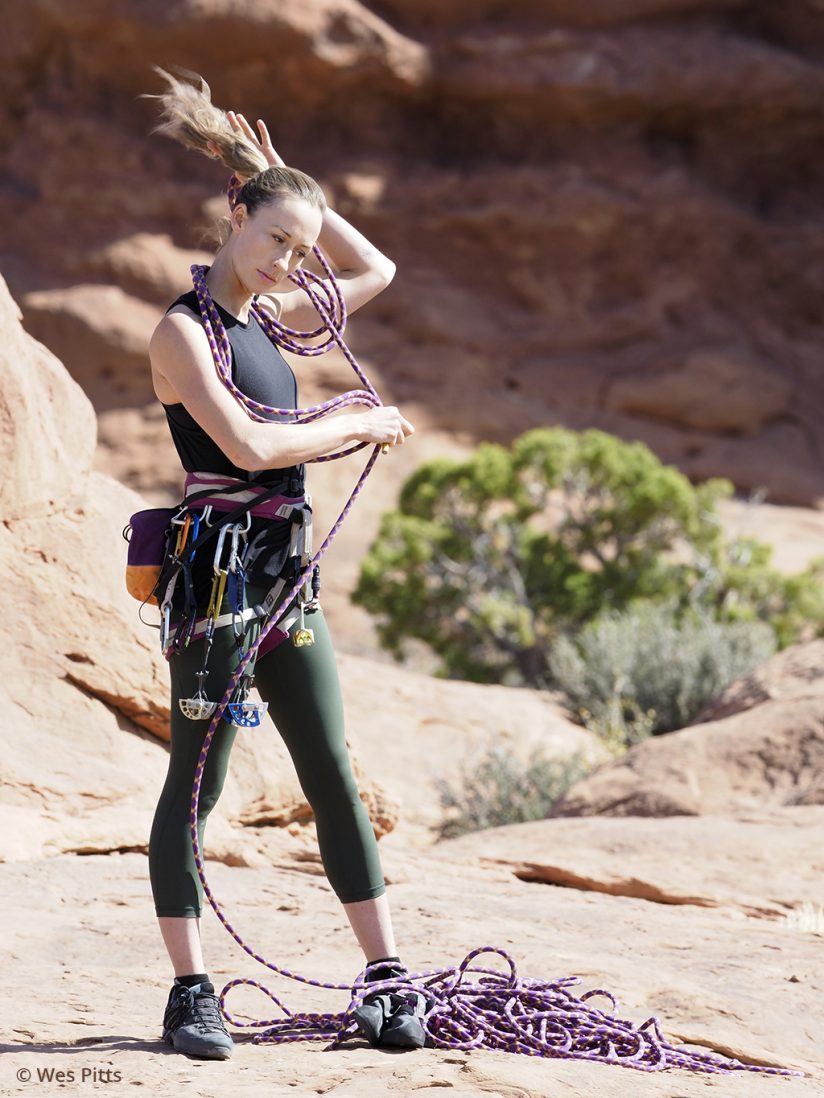
Impressive Image Stabilization
Except for a night photography shoot at Balanced Rock and a sunrise at Dead Horse Point, I shot entirely handheld with the E-M5 Mark III, and was very impressed with the performance of the camera’s image stabilization system. The camera body itself provides 5.5 stops of stabilization, and when paired with compatible lenses that have integrated IS of their own, the lens and camera work together in what Olympus calls Sync IS to provide an additional stop of stabilization. The system was particularly helpful when shooting with the 300mm, and during a ruggedly bumpy off-road 4×4 excursion.
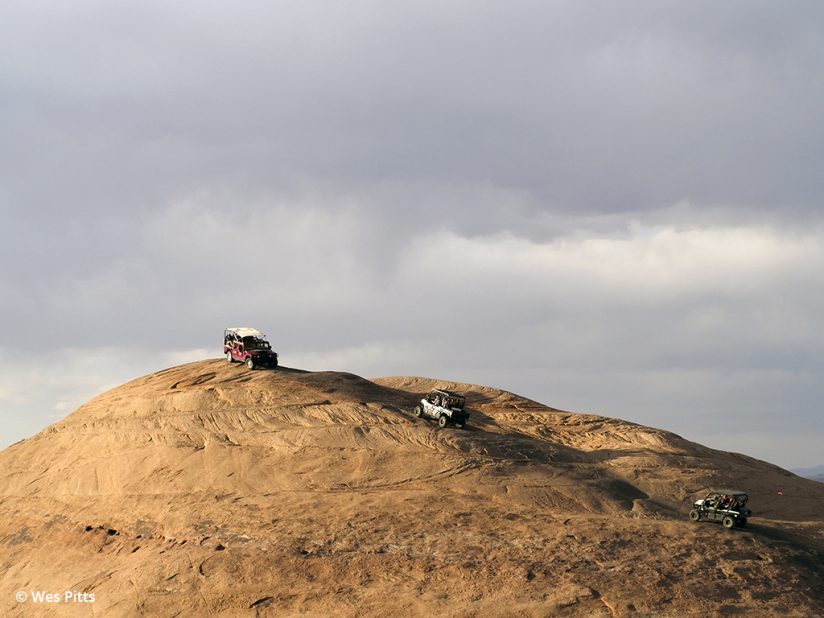
High-Tech Niceties
Speaking of night photography, one interesting feature of the E-M5 Mark III is its Live Composite shooting mode. In this mode, you select an exposure duration, aperture and ISO based on ambient conditions, and the camera begins capturing frames and “stacking” them into a single composite image. It’s like a time-lapse image, with all of the activity compressed into one frame. We used this feature to capture star trails, and though we were all frustrated by the cloudy weather blowing through the scene, Live Composite mode created an interesting effect with those clouds, something that you wouldn’t achieve with a single long-exposure image. It’s a feature I’d like to try again on a clear night with more time to fully explore the possibilities.

The E-M5 Mark III also offers in-camera Focus Stacking, which takes 8 frames at different focal positions and merges them into a single file, and a Focus Bracketing mode that can take up to 999 frames while gradually adjusting the focus distance, which you can then merge using Olympus Workspace software.
Other tech features include Tripod Hi Res Shot, which creates a 50-megapixel image by combining 8 exposures while slightly shifting the image sensor between shots, and Pro Capture mode, which is constantly buffering images and immediately saves the 14 preceding frames when you fully depress the shutter release, helping to ensure you capture peak action.

The Compromise Of Compact Design
The OM-D E-M5 Mark III is designed for the photographer for whom extreme portability is a primary consideration. With that comes some trade-offs. One is the size of the control buttons on the back of the camera. They are noticeably smaller than those on many other cameras I’ve used, and though it wasn’t a problem most of the time, it was something I struggled with when wearing gloves on our late night and early morning shoots.
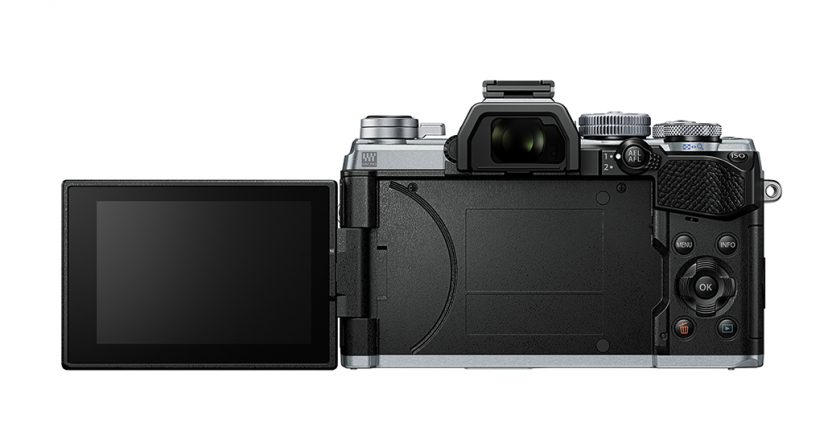
The depth of the grip may also be an issue for some. It’s relatively shallow, and I prefer a deeper grip. Olympus is offering an optional ECG-5 Dedicated External Grip that gives more depth, but it’s an additional cost. The grip has an integrated shutter release button and control dial, which makes sense in the most practical way, but at the same time it’s bizarre to have two shutter release buttons positioned so closely together. I opted not to attach the accessory grip, and honestly didn’t get too hung up on the shallower handle.
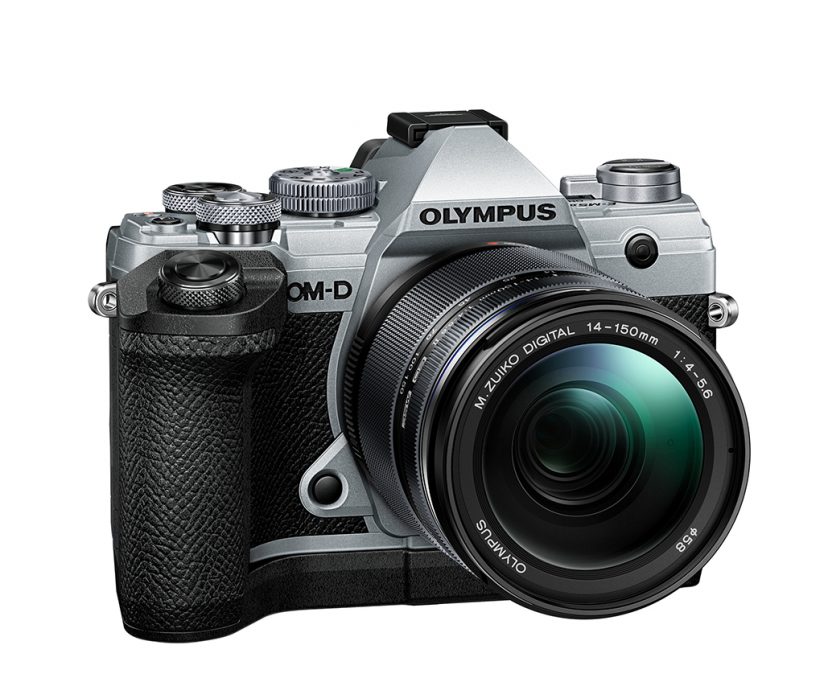
Ultimately, the finer points of ergonomics come down largely to personal preference. For some, smaller buttons and shallower grips may be welcome. It’s a small compromise considering the dramatically reduced weight and size of the system overall.
Lightweight Performance, And A Good Value
The OM-D E-M5 Mark III has a list price of $1,199 for the body only, or $1,799 in a kit with the M.ZUIKO ED 14-150MM F4.0-5.6 II zoom. Considering the camera’s extensive weather sealing and the fact that it shares many of the key technology and performance features of the E-M1X and E-M1 Mark II cameras, it’s a solid choice for photographers stepping up to an interchangeable lens camera, or those interested in stepping away from a heavier, bulkier system. Contact: Olympus, getolympus.com.
Interested in the Olympus OM-D E-M5 Mark III? Check it out on B&H!
The post Olympus OM-D E-M5 Mark III Review: Pro Features In A Compact Body appeared first on Outdoor Photographer.
















